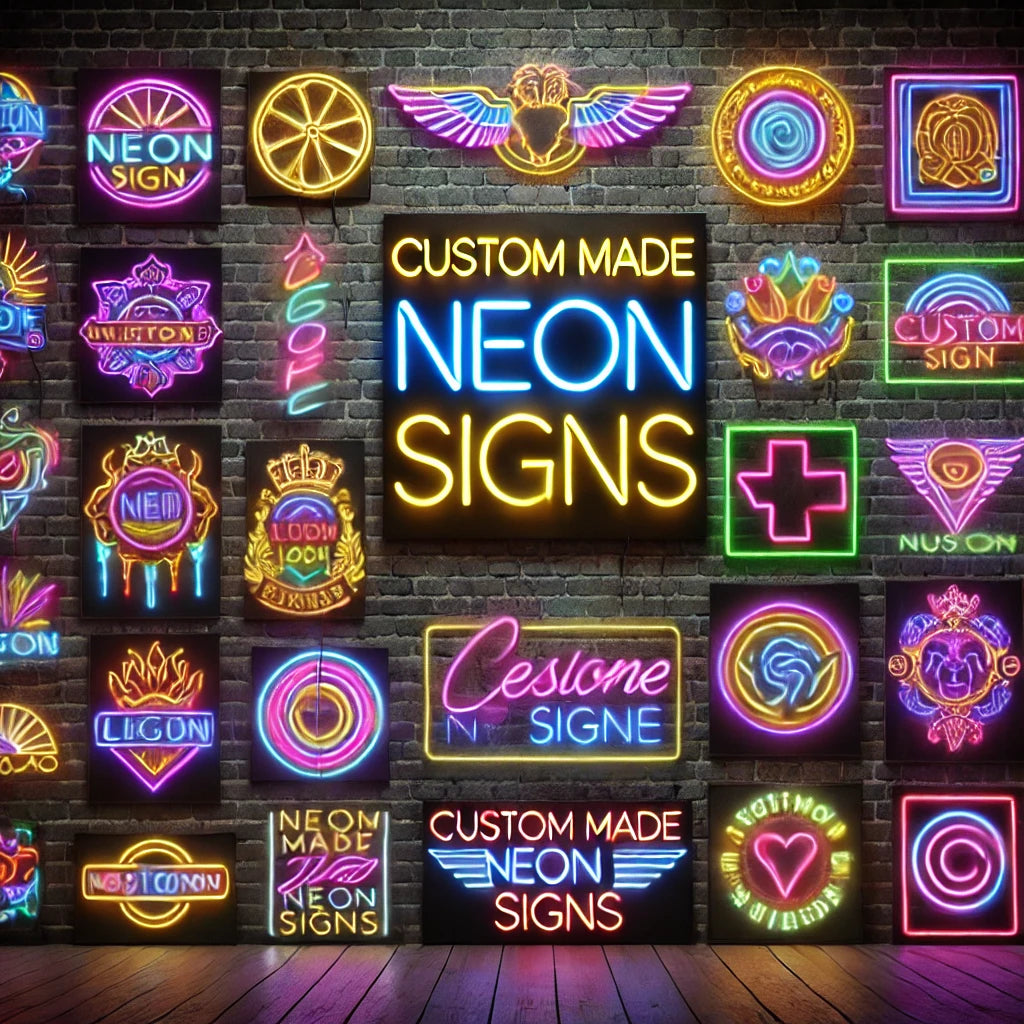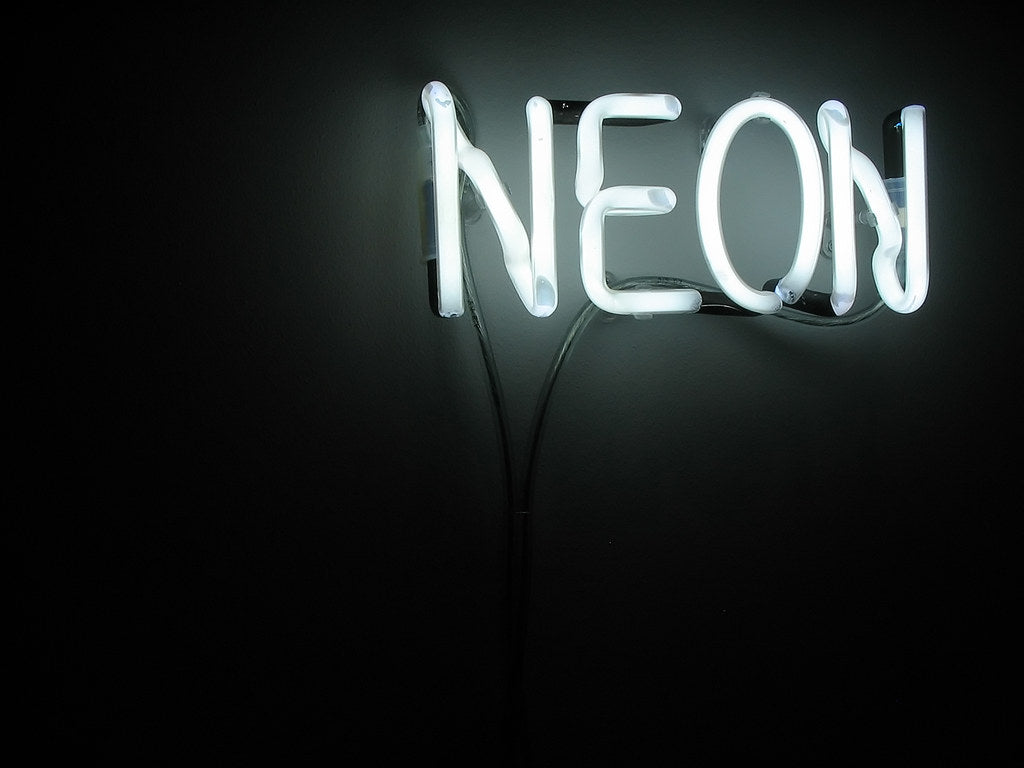In a world where digital screens and LED lights dominate our visual landscape, neon signs stand out as nostalgic beacons of creativity and craftsmanship. These vibrant symbols of the mid-20th century still captivate our imaginations, evoking a sense of wonder and nostalgia. From their inception to modern-day applications, neon signs have evolved, blending artistry with advertising and culture. This blog explores the rich history, artistry, and future of neon signs, offering insights into why they continue to shine brightly in our urban environments.
The Origins of Neon Signs
Neon signs originated in the early 20th century, shortly after the invention of neon gas and its application in lighting. The first neon sign was created in 1910 by French engineer Georges Claude, who showcased it at the Paris Motor Show. His invention utilized sealed glass tubes filled with neon gas, which illuminated with a striking reddish-orange glow when an electrical current passed through. This innovative technology captured the public's imagination and soon found its way to the streets of major cities.
By the 1920s, neon signs had become a popular form of advertising, particularly in the United States. They adorned the facades of restaurants, bars, and theaters, transforming urban landscapes into vibrant showcases of color and light. Neon signs were not merely functional; they were artistic statements that communicated a brand’s identity and drew in customers. This visual spectacle became a hallmark of American culture, especially in cities like Las Vegas, where neon signs are synonymous with entertainment and excess.
The Craft of Neon Sign Making

Creating a neon sign is both a science and an art. The process begins with skilled artisans, known as neon benders, who craft the glass tubes that will form the sign. These craftsmen use specialized tools to heat and shape the glass, a delicate process requiring precision and creativity. The tubes can be bent into various shapes and letters, allowing for endless design possibilities.
Once the glass is shaped, it is filled with either neon or argon gas, each producing different colors. Neon gas emits a warm red-orange hue, while argon gas, when mixed with phosphor, can create a variety of colors. By incorporating different gases and coatings, artists can produce an array of vibrant shades and effects. The result is a striking visual display that captures attention and evokes emotion.
The craftsmanship of neon sign making is an endangered art form. As technology advances and LED lights become more prevalent, fewer artisans are mastering the skills required to create traditional neon signs. However, this unique craftsmanship continues to be celebrated, with many artists and designers reviving the tradition and creating modern neon art installations.
Neon Signs in Popular Culture
Neon signs have a significant presence in popular culture, serving as symbols of urban life and artistic expression. They have appeared in countless films, music videos, and artworks, often representing nightlife, rebellion, and the allure of the city. Iconic films like "Blade Runner" and "Lost in Translation" utilize neon signs to create immersive atmospheres that reflect the characters' emotions and experiences.
In addition to their cinematic presence, neon signs have also influenced contemporary art. Artists like Dan Flavin and Bruce Nauman have incorporated neon into their works, exploring themes of light, space, and perception. These artists challenge traditional notions of sculpture and installation, transforming neon into a medium of artistic exploration.
Moreover, the resurgence of retro and vintage aesthetics in design has propelled neon signs back into the spotlight. Cafes, bars, and boutique shops are embracing neon as a way to evoke nostalgia and create inviting atmospheres. The playful and vibrant nature of neon adds character to modern spaces, making them popular among younger generations.
The Future of Neon Signs
As we look to the future, the neon sign industry faces challenges and opportunities. The rise of LED technology has significantly impacted the neon market. LEDs offer energy efficiency, durability, and versatility, leading many businesses to choose them over traditional neon signs. However, the unique beauty and craftsmanship of neon cannot be replicated by LEDs, ensuring a niche market for neon artisans and enthusiasts.
In recent years, there has been a renewed interest in neon signs, particularly among independent artists and designers. Many are exploring innovative ways to integrate neon into their work, blending traditional techniques with modern concepts. From custom signage to large-scale installations, neon is finding its place in contemporary art and design, appealing to a new generation of creatives.
Additionally, the preservation of neon signs has become a priority in many cities. Iconic signs that once adorned city streets are being restored and repurposed, recognizing their cultural significance. Efforts to document and celebrate neon signage as part of urban heritage are underway, ensuring that these vibrant symbols remain a part of our collective memory.
Conclusion
Neon signs are more than just sources of light; they are a celebration of artistry, history, and culture. From their humble beginnings to their status as iconic symbols of urban life, neon signs continue to captivate our imaginations. As we navigate a rapidly changing world, the allure of neon persists, reminding us of the beauty of craftsmanship and the power of light to evoke emotion. Whether as functional signage or artistic expression, neon will always hold a special place in our hearts and cities.




